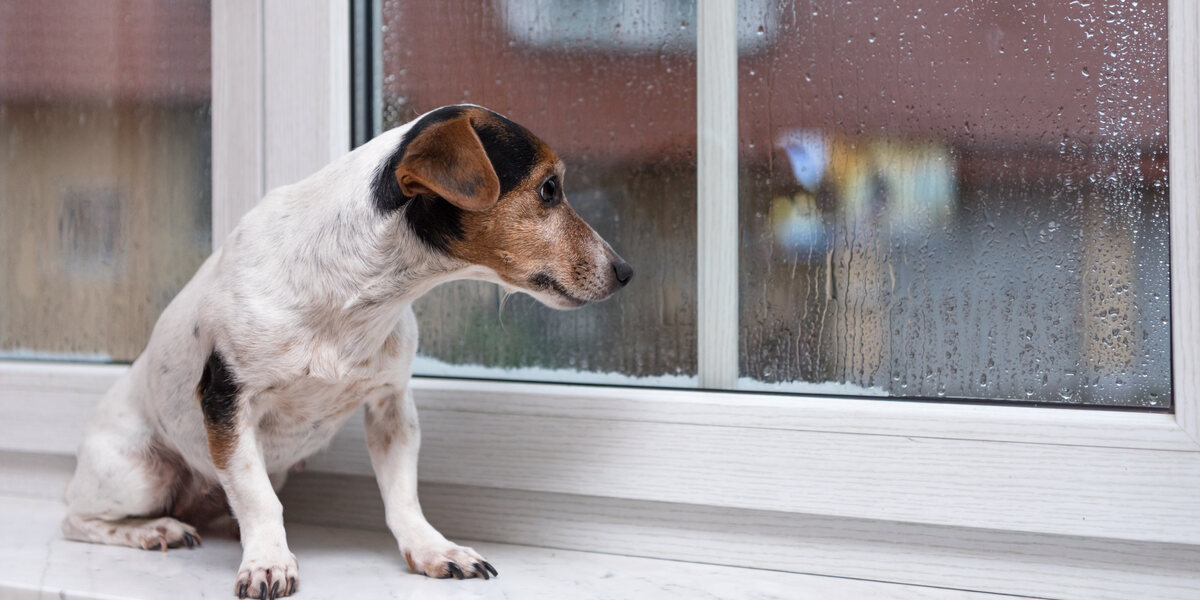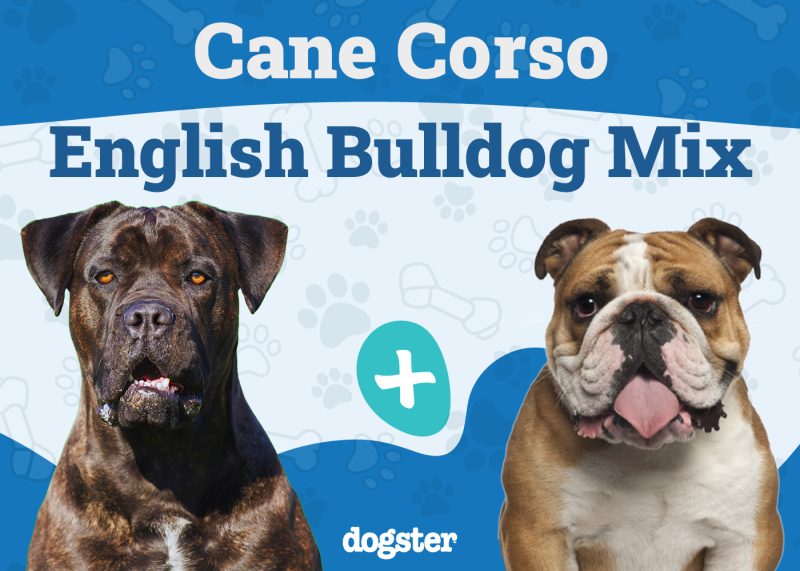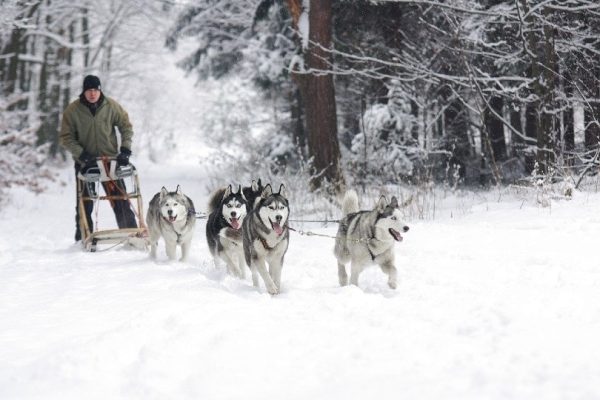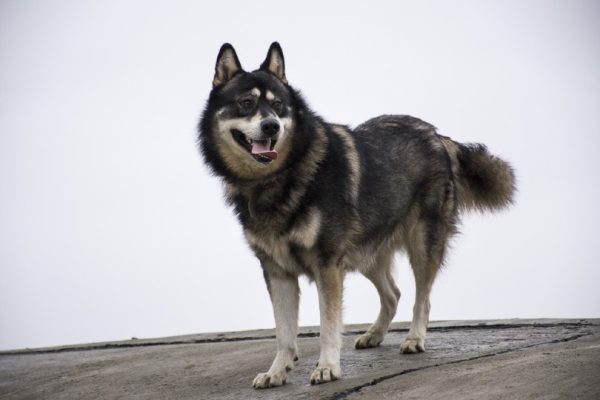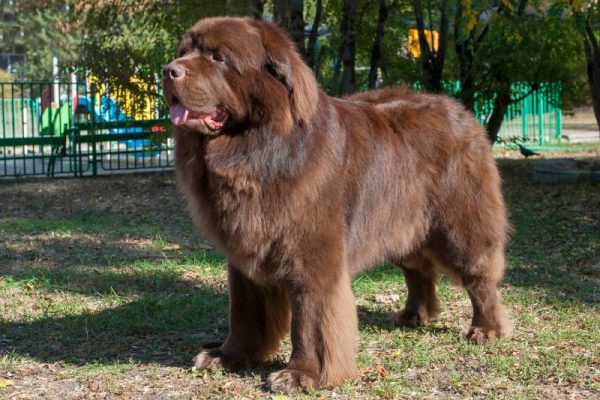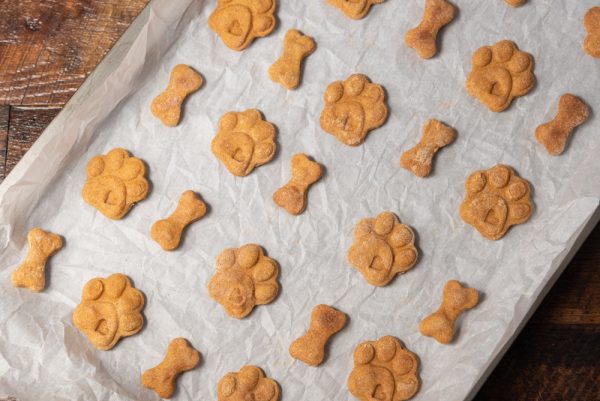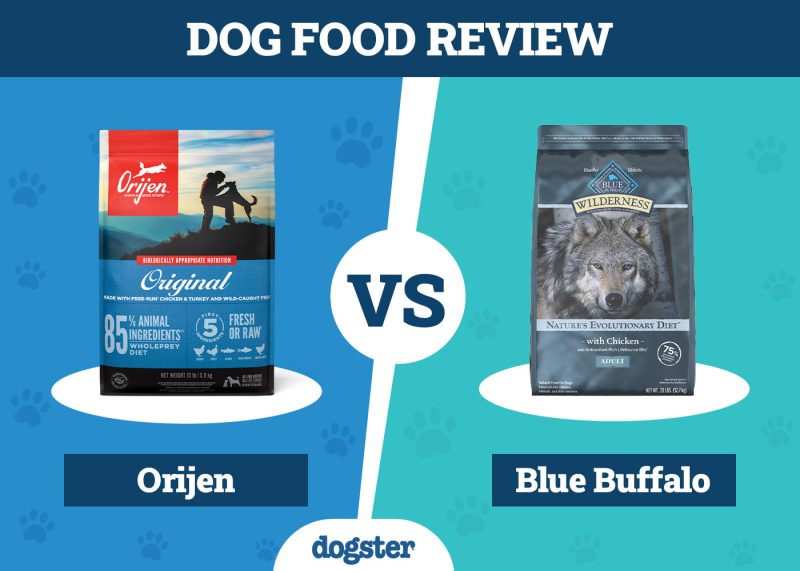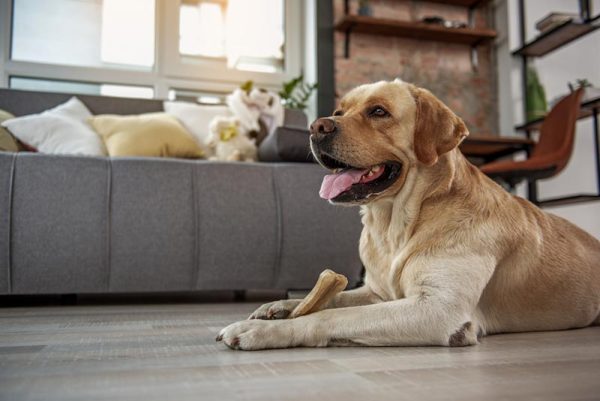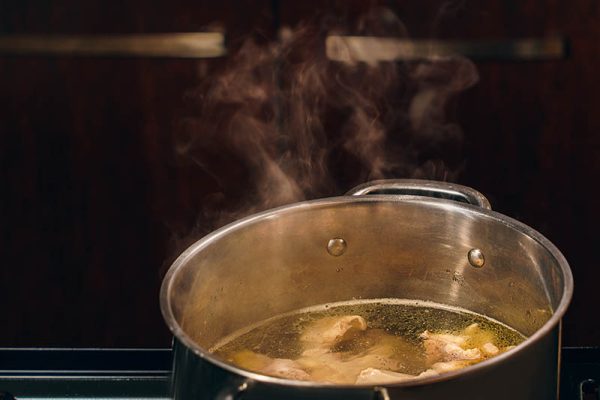A dog’s needs change as the seasons do, and wintertime comes with its unique set of challenges. Many dogs choose to hold in their pee and poop when they deem it too cold to go outside, but this can lead to accidents indoors. Another thing dog owners sometimes notice is that their pets appear to need to pee more often during cold weather. Is this a real phenomenon, or are they imagining it?
As it turns out, yes, some dogs do need to pee more in cold weather (and, spoiler alert, so do some humans!). Read on to learn more.

Why Do Dogs Pee More in Cold Weather?

Proper hydration is important year-round, but it’s especially important to ensure your pups are hydrated during the cold winter months. You may find that your dog drinks more during the cooler months when the humidity is lower because a well-heated home or apartment can be very dry and dehydrating. As we all know, the more a dog drinks, the more they typically pee.
It’s also believed that a dog’s body may go through cold diuresis when in colder weather. This is a phenomenon that has been extrapolated from human medicine where when the body is exposed to cold temperatures, it naturally constricts blood flow to the skin to keep the core warm and direct blood flow to the vital organs. Blood pressure then increases due to the same amount of blood being pumped through a smaller space, and so the kidneys work overtime to filter out the excess fluid to keep blood pressure from getting too high. The excess fluid is then released through the bladder.
What Other Bathroom Habit Changes Occur in Cold Weather?
Many dogs change their bathroom habits when the weather is cold, snowy, rainy, or otherwise unbearable. Other changes you may notice in your dog during the winter include:
- Indoor accidents: Some dogs prefer eliminating inside their home when the weather outside is frightful. However, many underlying health conditions can cause inappropriate elimination as well, so don’t be so quick to discount your pup’s indoor peeing or pooping as weather-related, especially if they’re exhibiting other signs or behavioral changes.
- Shortened bathroom breaks: Dogs may pick up the pace when doing their business outside during the colder months of the year to reduce their exposure to the elements. We certainly can’t blame them for that one!
How Can I Make My Dogs More Comfortable to “Go” Outside?
Outside is the best place for your dog to eliminate, but it can be difficult to convince your pup to do so when they have to contend with piles of snow and frigid temperatures. Thankfully, there are some things you can do to make the season more comfortable for your pup and easier on yourself, too.
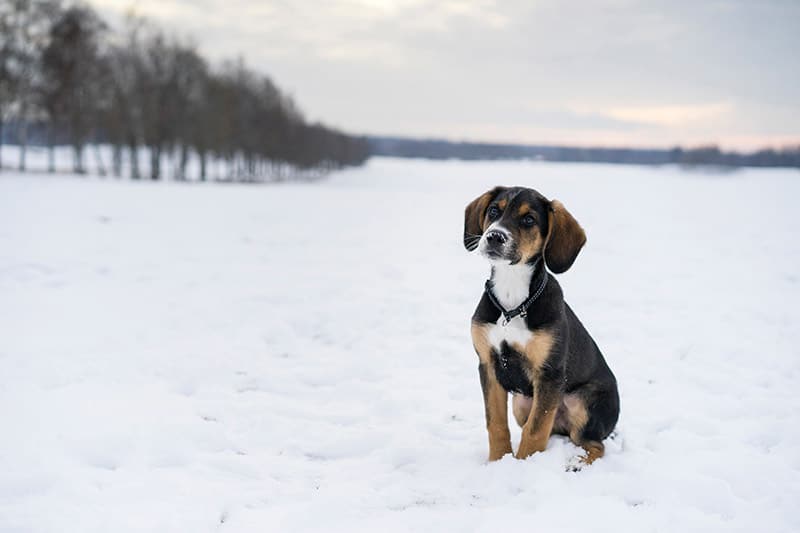
Clear a space for them
When dogs are first trained to poop and pee outside, they may create associations with the environment, such as the feel of the grass under their feet. These surfaces will feel different to your dog when wet or snow-covered, so help your pup remake those associations by making the ground feel as close as possible to what they’ve become accustomed to feeling. Clear a patch of snow from an area in your yard so your dog can see and feel the grass. Though the grass may look different (flattened and brown), it can help them feel more comfortable eliminating when they see something that looks familiar to them.
Get them winter gear
Winter can last an awfully long time, and without the proper attire, your pup could be miserable. Buy your pet a sweater or jacket and booties if they tolerate clothing. You may want to introduce attire before the snow starts flying, though, just to give them some time to get used to it.
Praise and rewards. Help your dog make positive associations with going outside during the frigid months by offering them tons of praise and tasty rewards whenever they pee or poop outside. It’s essential to treat and praise them while they’re still outside so they can make the connection that eliminating outdoors means getting a treat.


Final Thoughts
Some dogs (and humans) may pee more during the winter due to the increased water consumption brought on by the dry air inside their heated homes. Peeing more during cold weather can also be a result of cold diuresis. The colder weather can make dogs change their bathroom habits in other ways, too. You can help your pet maintain proper elimination habits throughout the winter by ensuring their bathroom breaks are quick, comfortable, and warm with our tips above.
Featured Image Credit: thka, Shutterstock
